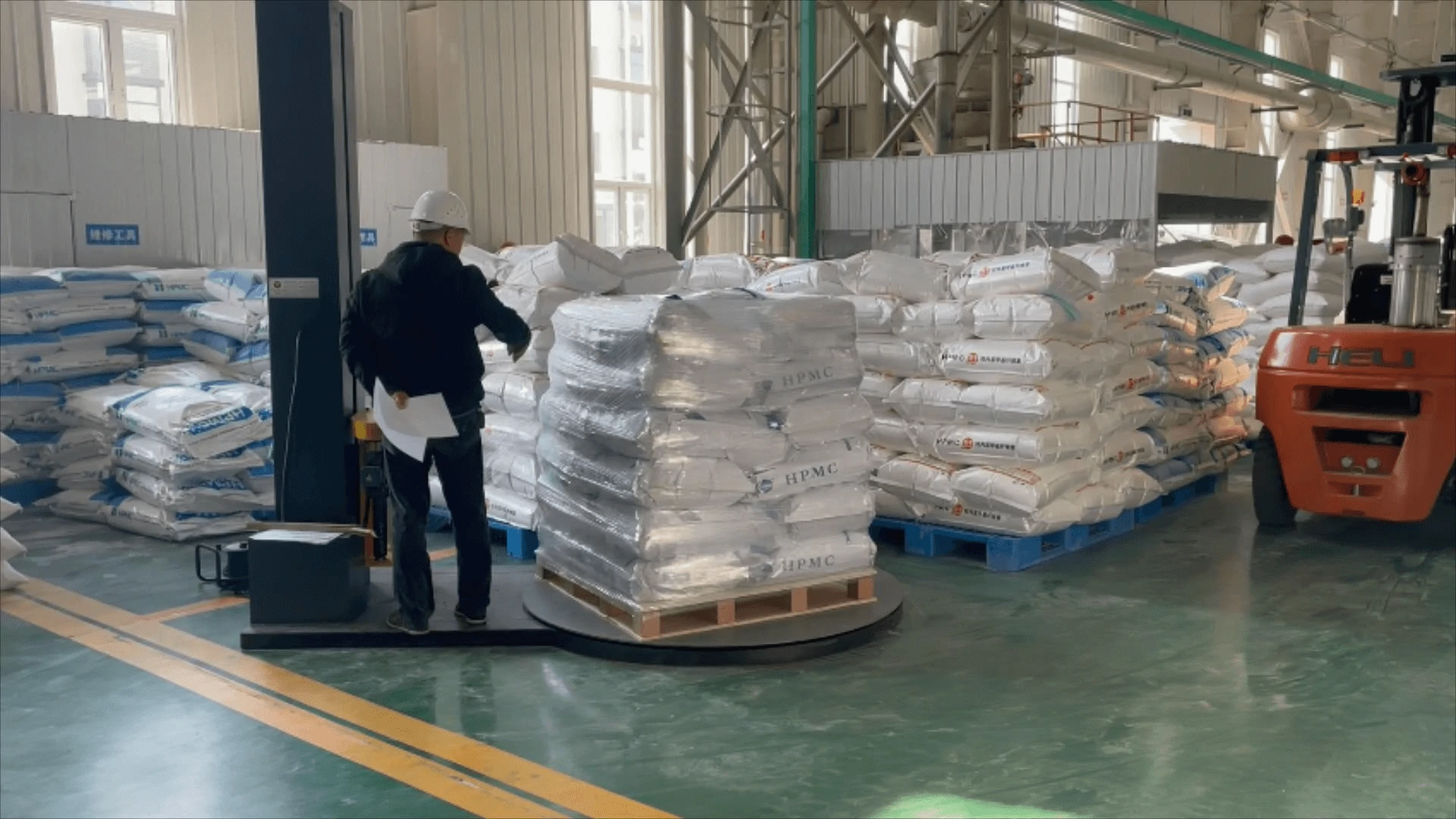
Avg . 07, 2024 04:30 Back to list
Exploring the Benefits and Applications of Redispersible Polymer Powder in Modern Construction Materials
Understanding Redispersible Polymer Powder (RDP)
Redispersible Polymer Powder (RDP) has become an essential component in the construction and building materials industry. It is a versatile product that, when mixed with water, forms a film that enhances performance characteristics in various applications, including tile adhesives, sealants, and external wall systems. Understanding the properties, benefits, and applications of RDP can help professionals make informed choices about their material selections.
Characteristics of RDP
RDP is produced through the spray-drying of polymer emulsions, allowing it to exist as a fine powder. This process preserves the polymer's inherent properties, enabling it to re-dissolve when mixed with water. Key characteristics of RDP include excellent adhesion, flexibility, and water resistance. Because of these properties, RDP plays a crucial role in improving the overall functionality of construction materials.
One of the most significant features of RDP is its ability to enhance the mechanical properties of mortar and adhesive formulations. When incorporated into mixtures, RDP increases tensile and shear adhesion strength, which is critical for applications requiring robust bonding, such as tiles and panels. Moreover, RDP imparts flexibility, allowing materials to absorb movement and thermal expansion, which is particularly advantageous in fluctuating environmental conditions.
Benefits of Using RDP
The incorporation of RDP into construction formulations offers numerous benefits. Firstly, RDP improves the workability and application properties of mortars and adhesives. This enhancement facilitates easier mixing and spreading, resulting in reduced labor costs and increased efficiency on the job site. Additionally, RDP can improve the open time of adhesives; meaning they remain workable for an extended period before setting, allowing for adjustments during application.
redispersible polymer powder rdp

Another advantage of RDP is its contribution to the durability and longevity of construction materials. The film formed by RDP upon application provides a barrier against moisture ingress, thereby mitigating the risks of cracking and delamination over time. Moreover, the incorporation of RDP can improve weather resistance, making it an ideal choice for exterior applications exposed to the elements.
Applications of RDP
RDP is widely used in various applications across the construction sector. One of the primary uses is in tile adhesives, where it improves the bond strength between tiles and substrates, ensuring a lasting installation. In the case of renders, plasters, and skim coats, RDP enhances the flexibility and adhesion of the material, which is critical for preventing cracks in both internal and external applications.
Furthermore, RDP is beneficial in the production of self-leveling compounds, where it contributes to the flowability and finish of the final product. It is also utilized in the manufacturing of repair mortars, where its properties help to restore structural integrity effectively.
Conclusion
Redispersible Polymer Powder (RDP) stands out as a revolutionary additive in the construction industry, providing significant enhancements to the performance and durability of building materials. Its versatile applications, coupled with its ability to improve adhesion, flexibility, and resistance to environmental factors, make RDP a valuable ingredient in the formulation of modern construction products. As the industry continues to evolve, RDP will undoubtedly play a key role in meeting the demands for more robust, efficient, and sustainable building solutions. Understanding the attributes and potential of RDP can empower professionals in the construction field to optimize their material choices and achieve superior results in their projects.
-
Unlocking the Benefits of HPMC Products: A Gateway to Versatile Applications
NewsAug.07,2025
-
Unleashing the Potential of HPMC Ashland: A Comprehensive Look
NewsAug.07,2025
-
Tile Bonding Cellulose: The Key to Superior Adhesion and Durability
NewsAug.07,2025
-
Hydroxypropyl Methylcellulose Powder: The Versatile Component in Modern Pharmaceuticals
NewsAug.07,2025
-
Hydroxyethyl Cellulose: The Versatile Solution for Various Industries
NewsAug.07,2025
-
Hydroxyethyl Cellulose (HEC): The Versatile Polymer for Various Applications
NewsAug.07,2025







